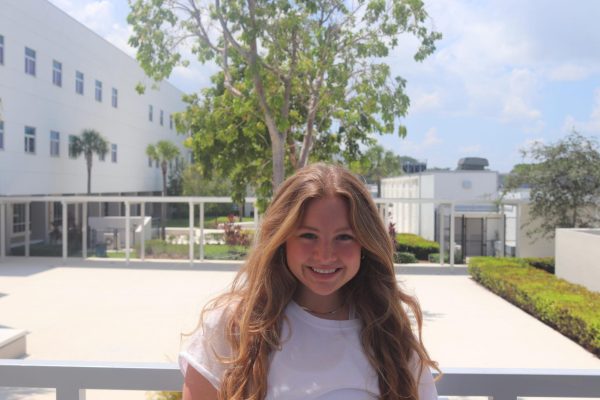A Tale as Old as Time: The Importance of Diversity in Disney
October 8, 2022
In the past year with the release of movies such as “Encanto,” “Turning Red” and “Shang-Chi,” people of color from all over the world have single-handedly experienced Disney’s attempt to promote cultural diversity in entertainment. However, this is just the first step.
Representation contributes to the creation of safe spaces for minorities. It allows people of all ages to see themselves portrayed in the media, with characters they can relate to and feel seen and validated by. Safe spaces allow people to feel included and connected to their identities, as well as provide opportunities to have open discussions about generational trauma and individual cultures. Additionally, Disney’s widespread popularity makes it even more important that representation is being noticed and added. By featuring representation, especially on a platform catered to young audiences, it promotes awareness and education about different cultures. This type of education combats racism, stereotypes and xenophobia.
Looking back to the 1990s and early 2000s, Disney has explored various cultures; from classics such as “Princess and the Frog” to “Aladdin” and “Mulan,” they have since been considered pioneers of their time for displaying people of color in children’s cartoons.
However, Disney’s decision to display diverse characters does not mean the production depicts these cultures accurately. People of color have frequently pointed out the use of generalizations and stereotypes in movies like “Aladdin.” There is a lack of research and effort put into these movies. Instead of trying to promote legitimate Middle Eastern culture, producers tag on a series of stereotypes. Random shots in the movie featuring the Taj Mahal in obscure places and the random additions of bazaars— markets in Middle Eastern countries — act as politically incorrect means of attempting to celebrate Middle Eastern culture.
Apart from the blatant lack of research, some of Disney’s old movies are just plain offensive. Some of the most famous examples of this phenomenon include “Song Of The South” and “Peter Pan.” Disney has been clear about these productions, inserting warning labels on Disney+ at the beginnings of “Dumbo” and “Peter Pan,” both of which contain racist scenes, songs and characters throughout the movie.
It is precisely Disney’s audience that makes it a prime and crucial point for representation. Disney shows and films are catered to young children, who are impressionable. Therefore, it is important that succeeding generations learn cultural awareness and other important values through the media. It is necessary to show them that there are both children like them out there, and children that are different from them — and that both are perfectly okay. Representation lays a foundation for anti-racist behavior and beliefs, as well as understanding and empathy for others.
Putting Disney’s troubling past aside, the production has come far with representation in their movies. Recent films such as “Encanto” accurately portray ethnic cultures by incorporating specific details into their plots to accurately highlight ethnic details in clothing, customs, family dynamics and more. These new movies are also produced by people of the same ethnic cultures that the movies are based on, unlike the past with movies like “Aladdin” and “Mulan,” where the cast and creators were predominantly white.
Disney’s “Turning Red,” “Encanto” and “Luca” are all directed and played by people of the same races portrayed in the movie. Though this may seem insignificant, it is a small step towards a big change for the future of mainstream entertainment. Despite their rough past, Disney is progressively starting to get more inclusive, with upcoming movies such as “Wakanda Forever” and “Ms. Marvel” with people of color being the main leads and the majority of the cast







